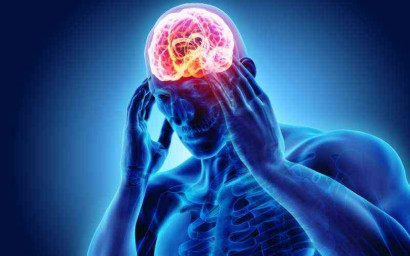The degree to which men are affected is measured by the International Index of Erectile Function (IIEF) — a 15-point patient questionnaire which was developed in conjunction with clinical trials for sildenafil.
Within IIEF, there are six specific questions (1-5 and 15), known as the Erectile Function Domain (IIEF-EF Domain):
- How often do you get an erection?
- How often are erections hard enough to penetrate?
- How often are you able to penetrate?
- How often were you able to maintain erection after penetration?
- How difficult is it to maintain erection to complete intercourse?
- How do you rate your confidence to get and keep an erection?
These questions are used to classify whether a man is experiencing ED and, if so, how severe it is. Using this measure[1], a score of 26-30 is classified as ‘no ED’; 17-25 is ‘mild ED’; 11-16 is ‘moderate ED’ and 6-10 signals ‘severe ED’.[2]
In order to assess the efficacy of Eroxon, and identify whether it was effective in men with varying degrees of ED the gold-standard IIEF Erectile Function domain (IIEF EF), and two iterations of the more recently developed Sexual Encounter Profile (SEP2 and SEP3), were used in the FM57 trial. IIEF EF was used in the FM71 Eroxon trial.[3]
Response to an ED therapy is measured on the basis of achieving a minimal clinically important difference (MCID), which is defined as a meaningful change for the patient.[4]






